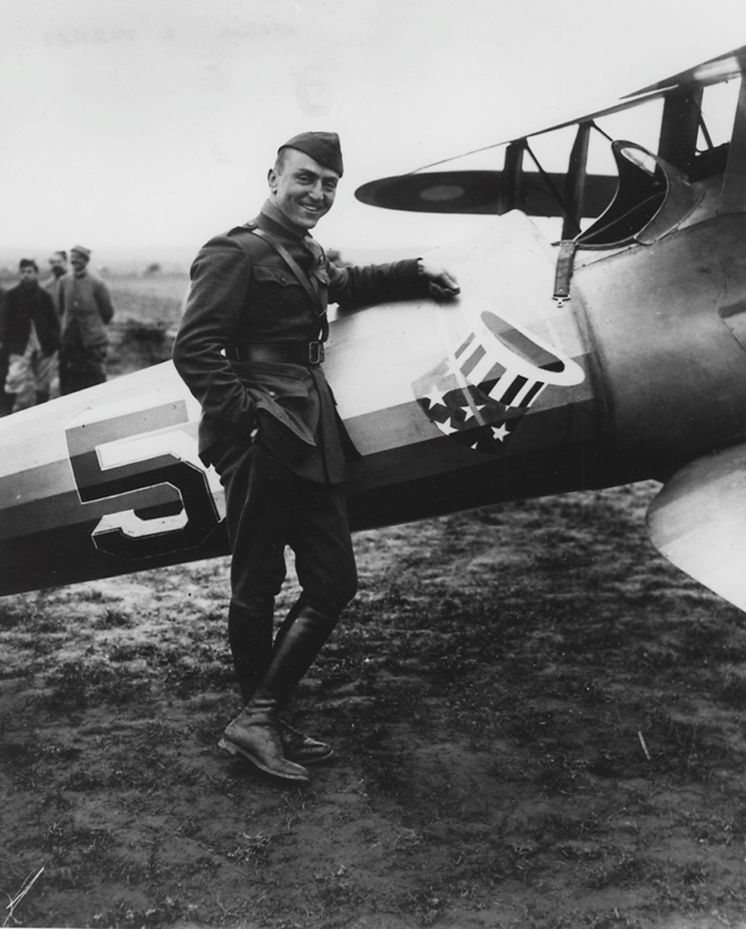
America’s children stayed at home when their fathers went overseas during World War I to fight the Germans and their allies in a conflict that was engulfing most of Europe. But that didn’t mean the nation’s youth played no part in the war effort.
Children during the war helped to plant gardens that added to the nation’s food supply and collected everyday items the American “doughboys” might need on the front line, including peace pits which were used in the filtration system for military gas masks of the era.
Children dressed up as miniature soldiers and nurses to emulate the grownups who were overseas as part of the American Expeditionary Forces. They also played games and read story books about characters with names like “Sailor Tommy” who were doing their own part in “The Great War.”
That’s the story told by “The Little War,” a new exhibition at the National World War I Museum and Memorial in Kansas City, Missouri. The exhibit explores the war’s impact on children on the home front, both in the U.S. and the other countries drawn into the conflict that ended just over a century ago.
“By 1916, half of the men in France were dead and many of them were fathers,” said Matthew Naylor, president and CEO of the museum. “Most of the men of that age were going to the front. The experience of their children is going to be profound.”
The exhibit has hundreds of items from World War I on display, ranging from a “Liberty Boy” doll from 1917 designed to resemble an American soldier to the sheet music for “The Youngest in Command,” a song about a 4-year-old captain in the U.S. Army.
“It’s not a tragic exhibition. It has little uniforms and the toys they played with. It was how the morale of kids was thought to be lifted,” Mr. Naylor said. “What their fathers, uncles and brothers did was important. It’s really quite a moving exhibition.”
The exhibit also features “Nursery Rhymes for Fighting Times,” a British children’s book with popular nursery rhymes that were rewritten to mock the Germans. One poem read:
“Humpty Dumpty hammered the Gaul;
Humpty Dumpty had a big fall;
All the King’s horses and all the King’s men;
Can’t take Kaiser Billy to Paris again.”
The exhibit illustrates how those at home, including children, contributed to the war effort.
“It was an all-out effort. They were being asked to be supportive of the war, by the literature and the games, to help them be a part of this monumental community effort,” Mr. Naylor said.
World War I marked the U.S. military’s debut on a global stage, with American soldiers for the first time being sent abroad to defend foreign soil. Compared to the European belligerents, America’s active participation was relatively brief. Congress voted to declare war on Germany in April 1917 and U.S. forces fought for 19 months until the Armistice ended the fighting on Nov. 11, 1918.
Despite the relatively short time spent on the front lines, compared to countries like Great Britain and France, the U.S. still sustained about 320,000 casualties in World War I, including more than 53,000 combat deaths The last known U.S. veteran of World War I was Frank Buckles, who died in February 2011 at the age of 110 at his home in West Virginia.
Mr. Naylor acknowledged that despite being called “The Great War,” World War I simply doesn’t have the kind of cultural impact of World War II. But it was far from unimportant: World War I laid the ground for American dominance of the 20th century while utterly disrupting the balance of power across Europe. Social and political movements sparked by the reaction to the war’s horrors still make their impact felt to this day.
“We tell the military story but it’s a much bigger story than that. It’s about women’s rights, civil rights, developing technologies and the impact on financial systems,” he said. “It’s about the failures of empires, the deconstruction of the former world, and the emergence of the modern world.”
About a week after the 1918 armistice, civic leaders in Kansas City began talking about a memorial to honor those who died in The Great War. A fundraising campaign raised $2.5 million in about 10 days — equivalent to about $45 million today. Organizers began collecting artifacts almost from the start.
“It’s the most diverse collection of World War I archival materials in the world. We have six galleries and we tell a comprehensive story,” Mr. Naylor said. “But it’s not a ‘U.S.-centric’ museum. We’re unpacking a complicated story and telling it from the impact it had on all the belligerents.”
It’s not unusual for first-time visitors to know little to nothing about World War I when they arrive. For many, the early 20th century seems like ancient history with only the jittery, black-and-white films showing what life was like back then.
But go through the museum, Mr. Naylor said, and a visitor can become familiar with a time when the world was transformed by changing national alliances, saber-rattling from world leaders, the concentration of wealth and power in a few hands, and the rise of nationalism and group identity.
“That’s also the world we’re living in today,” he said.

